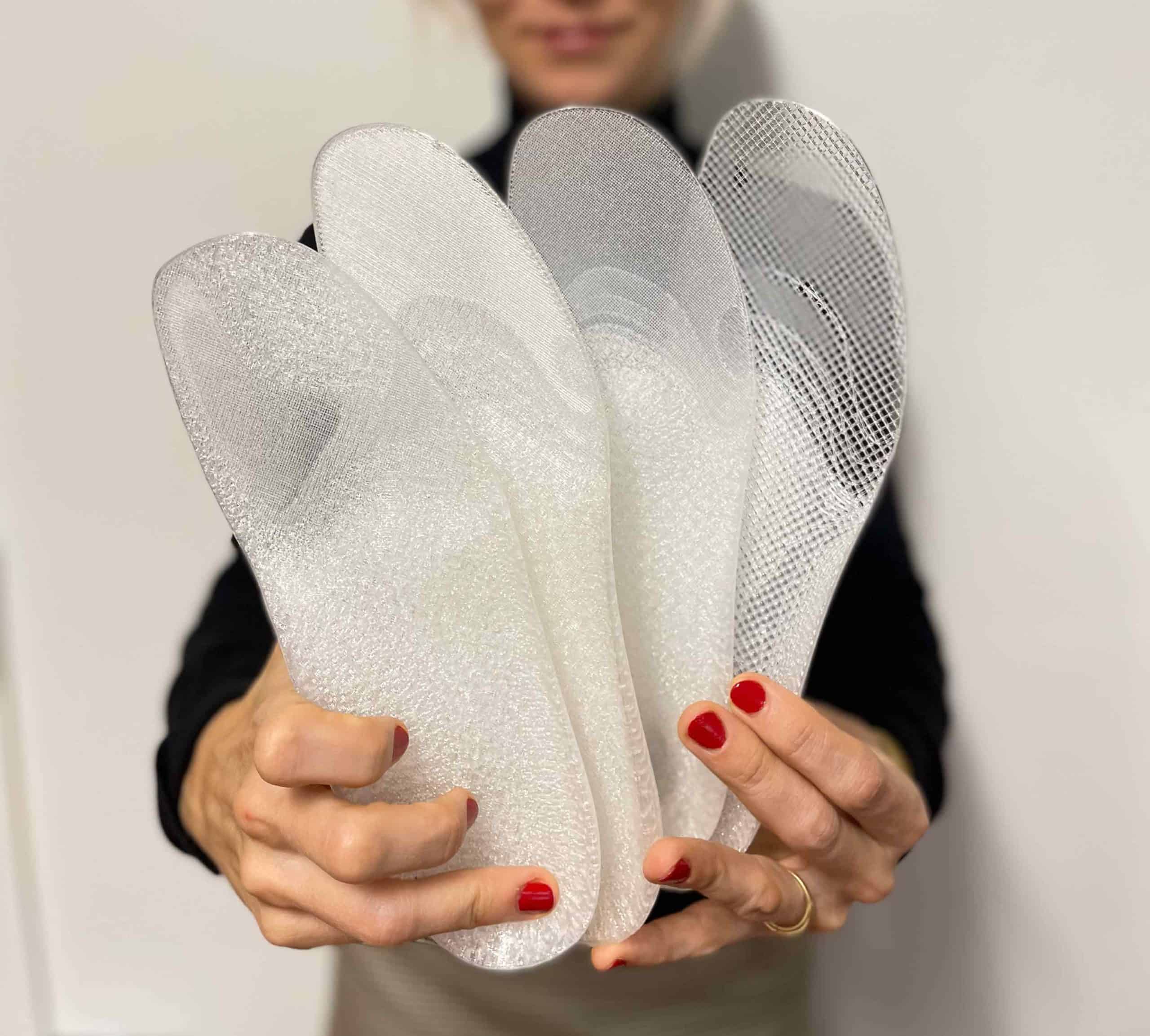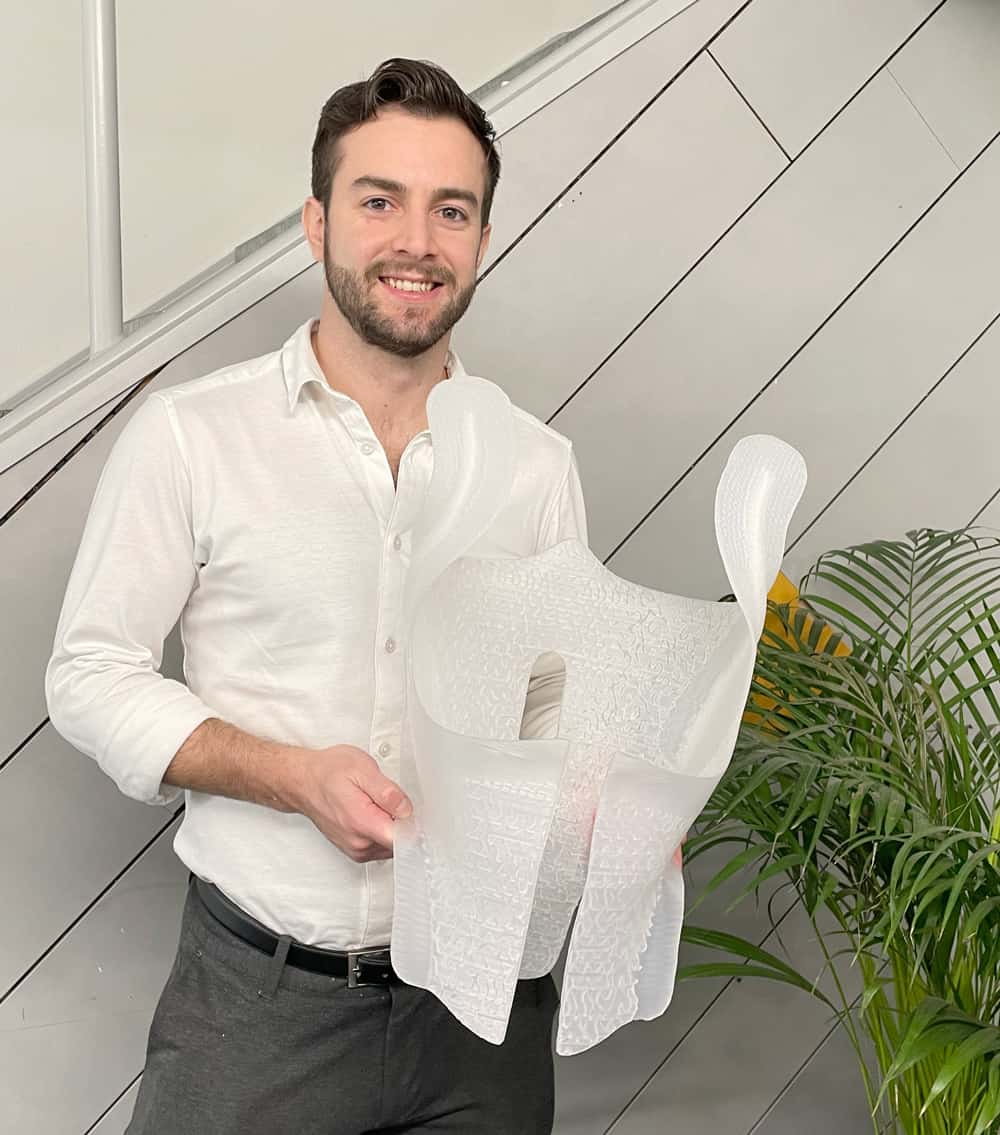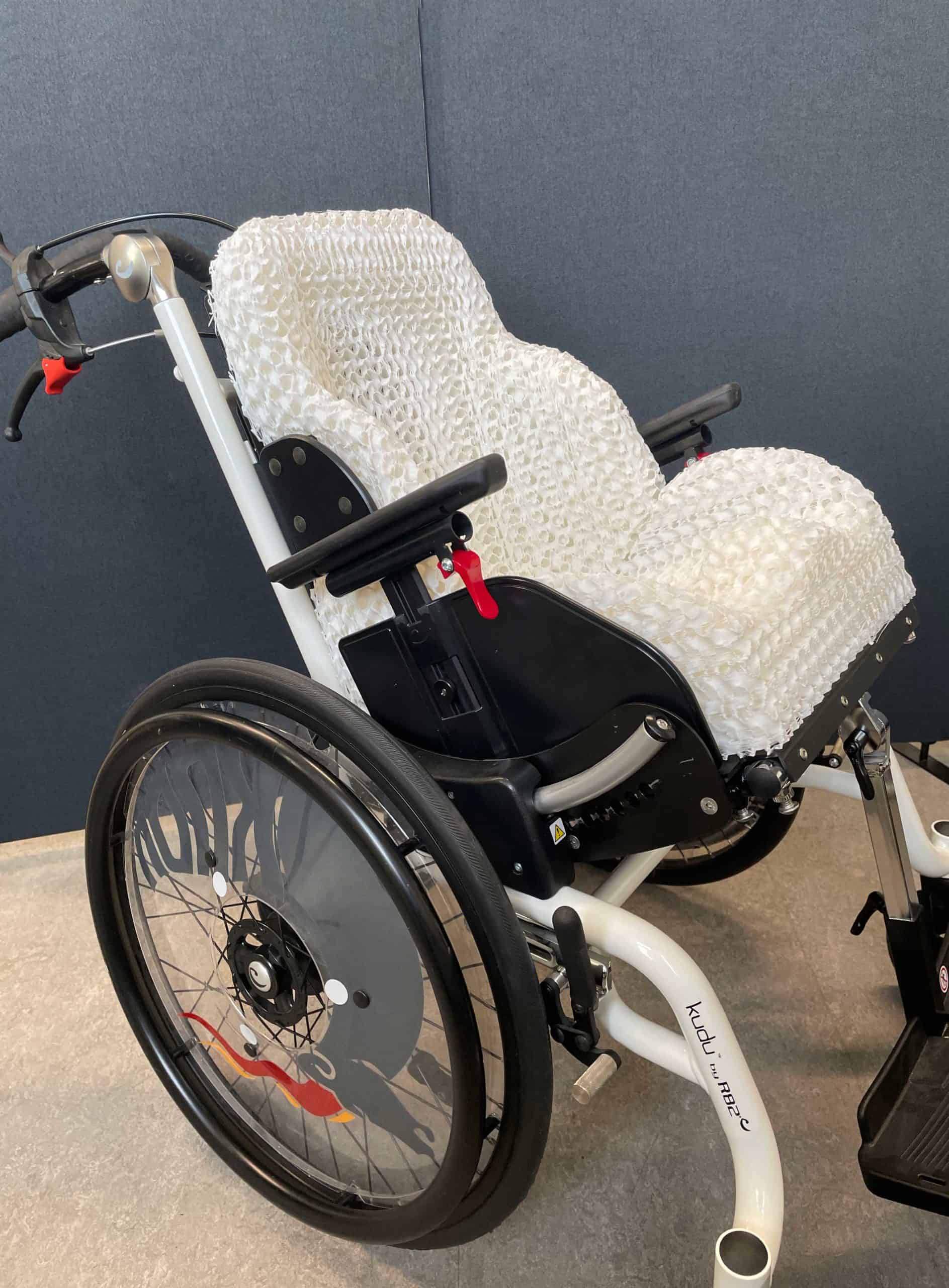The future is now!
Welcome, to a new era of orthopedic care with full automation, simplicity, and precision thanks to Embrace 3D printed solutions.
Learn how to disrupt the production cycle of orthopedic devices with 3D printing
At Create it REAL, we are proud to be one of the more experienced companies in the field of 3D printing. We’ve tackled many printing challenges, including printing in soft TPU for orthopedic insoles. This experience was the inspiration behind our innovative Programmable FoamTM technology!
The orthopedic and prosthetic industry demands a high degree of customization, but it also faces several challenges that require changes in production methods. We believe that additive manufacturing has all the necessary characteristics to usher in a new production era. Still, we are also aware that some of the industry’s leading players have had less-than-successful experiences with 3D printing.
With this in mind, we understand that 3D printing is not a one-size-fits-all solution. Specialized products require specialized printers and software to meet the industry’s demands. That’s why our Embrace solutions for insoles, corsets, body jackets, seats, and cushions are each dedicated to one specialized task per system. We’re proud of what we’ve achieved but also faced several challenges. Would you like to know more about how we overcame these challenges?
Facing the challenge of costly and complex production
Producing devices for the orthopedic and prosthetic industry is traditionally labor-intensive and highly dependent on skilled labor. All the devices are unique to individual end-users, which requires mass customization. As a result, orthopedic devices are costly to produce, and in some cases, production is outsourced to other countries, increasing the time-to-end user.
Embrace solutions for orthopedic 3D printed applications
Orthopedic insoles
Orthopedic corset
Orthopedic seat
Keep it simple and break down the technological barrier
However, with the advent of FDM 3D printing and the Embrace solution, local production of orthopedic and prosthetic devices is now a reality. This requires an automated workflow that does not demand production workers or medical staff to be industrial engineers with years of experience in 3D printing. The following challenges are met:
- No 3D print expertise is required, and production is automated. This meets the current demographic challenge faced by North America and Europe.
- Provides a hazard-free environment where minimal waste handling is needed.
- The price of hardware, software, and materials is accessible and easy to implement as a production method for the orthopedic and prosthetic industry.
- Fast production time and local production reduce the lead time to end users.
Providing a complete plug-and-play CAM solution
Adaption of the 3D printing FDM technology for the orthopedic and prosthetic industry requires a high level of customization of all components, such as hardware, software, and materials, which must all be modified and put together as building blocks to create the optimal solution for the industry and the specific applications. Furthermore, the trackable process enables verified processes at the individual orthopedic or prosthetic workshop.
This allows doctors and medical staff to spend more time with citizens, focus on taking the best measurements, and create the perfect CAD model.
Sustainability, simplicity and scalability
Producing orthopedic and prosthetic devices at scale with FDM 3D printing technology holds several advantages when provided to the industry in an easy-to-use way:
- It brings production closer to end users to reduce lead time and relieve users’ medical conditions faster.
- There is no need for enclosed rooms, excessive dust, safety training, or equipment.
- Compared to other AM technologies, the post-process is reduced to support removal and possible sanding.
- Automation reduces the need for skilled labor to produce customized devices.
- The production price per device is favorable, which could make customized orthopedic devices accessible to more people.
Designed for a better tomorrow
From a business perspective, adopting additive manufacturing has historically been associated with various risks. However, our Embrace solution harnesses FDM technology for actual production, taking it to the next level beyond its reputation as a tool for fast prototyping and hobbyists. Recent advancements in FDM technology, such as printing in soft materials and implementing hardness zones, have overcome many previous challenges.
Our Embrace solution includes dedicated solutions such as InsoleMaker, SeatMaker, and CorsetMaker, all equipped with REALvision Embrace CAM software that simplifies the complexity of FDM 3D printing technology. Our goal is to make the technology more accessible for users to adapt to, providing guidance and support in selecting suitable materials with the right properties, hardware, and software that fit seamlessly into their daily workflow.
With its cost-effectiveness and user-friendly software, the Embrace solution represents the future of local production of orthopedic and prosthetic devices. It relieves citizens in need, making it easier to manage their medical conditions and improve their quality of life. We believe that 3D printing can revolutionize the production of these devices, and we’re excited to continue pushing the boundaries of what’s possible with 3D printing.
We look forward to seeing its positive impact on citizens and the industry.
Orthotics & Prosthetics print service
Get your seat, corset, socket, or cast 3D printed in top quality. We use your own custom design and meet your requirements for material, strength, quality, and functionality.







1 Comment